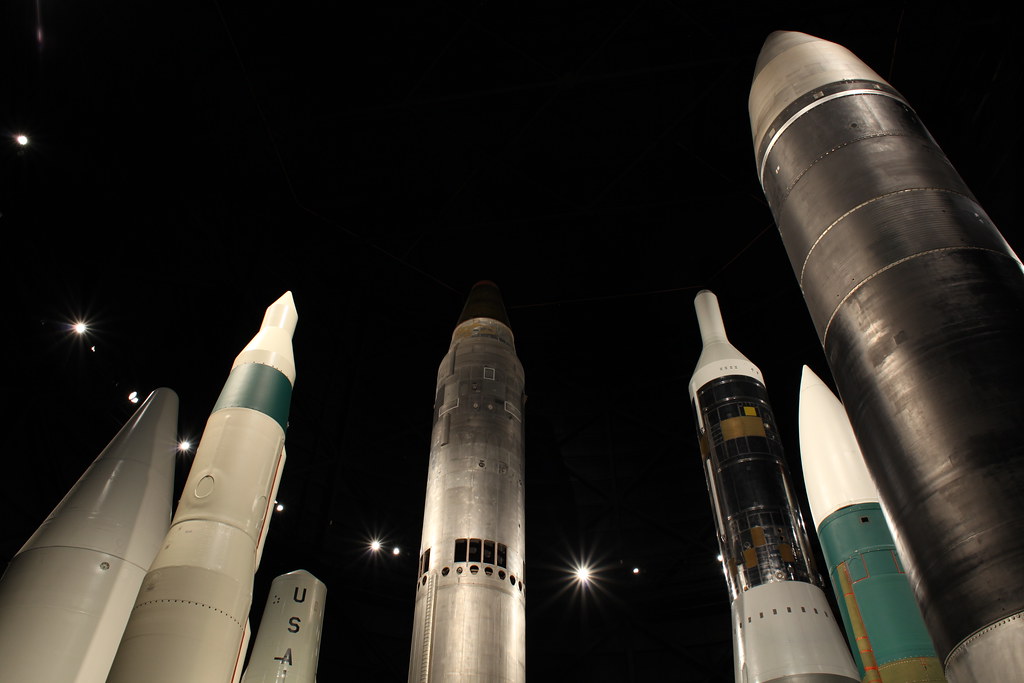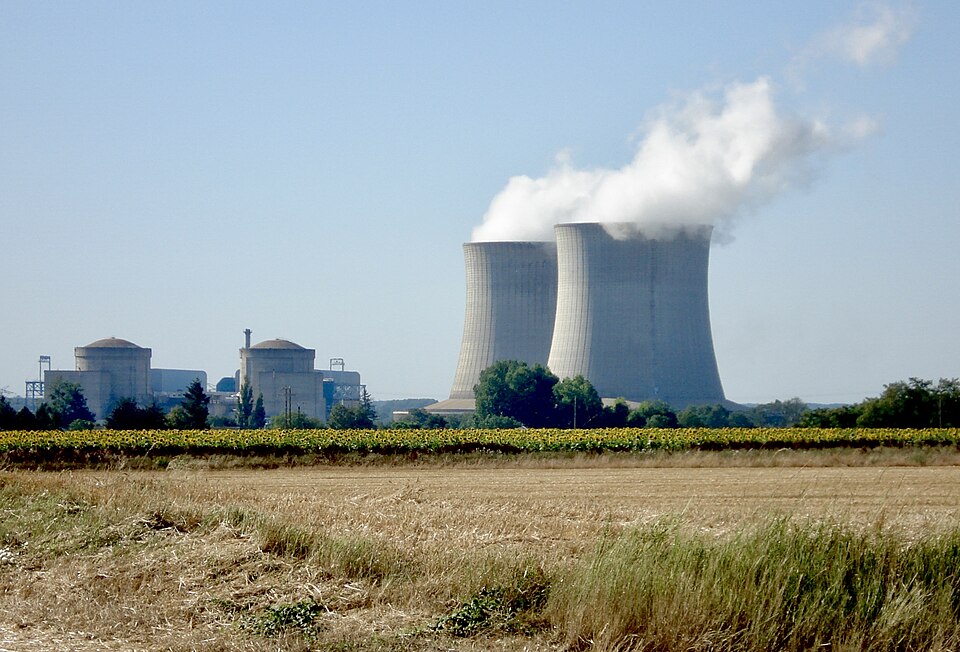
“Nuclear war could end civilisation in the space of a few hours.” That warning from Dr. Rhys Crilley of the University of Glasgow underlined the stark immediacy of one of three man-made threats dominating expert discussions on the potential demise of humanity: nuclear weapons, artificial intelligence, and climate change. Each is rooted in technological capability, each is amplified by geopolitical or economic pressures, and each demands urgent technical and policy responses.

1. Nuclear Arsenals and Delivery Systems
Today, nine countries have a total inventory of 12,241 warheads. Of those, approximately 2,100 are kept in a state of high operational alert. Taken together, the United States and Russia hold approximately 90 percent of all nuclear warheads. Modernization programs are accelerating. Russia’s Sarmat ICBM and the proposed US Ground Based Strategic Deterrent could carry several warheads per missile. China is building approximately 350 new ICBM silos, a development that could take its arsenal to 1,500 warheads by 2035. Delivery systems include SLBMs with global reach, as well as tactical nuclear weapons with a battlefield role, each carrying unique escalation risks.

2. Escalation Dynamics and Historical Near-Misses
The Cuban Missile Crisis is considered the most studied case of nuclear brinkmanship. During it, in October 1962, Soviet submarine B-59 was under attack from US depth charges and was forced to surface, with a nuclear torpedo on board. The captain, Valentin Savitsky, was close to ordering a launch, but the second captain, Vasili Arkhipov, dissuaded him.

Results of recent workshops on forecasting challenges of escalation scenarios show astonishing dispersion among leading experts: for example, estimates of the probability of all-out nuclear war in specific crises varied as much as 20 orders of magnitude. Such variance relates primarily to uncertainty about human and technological decision-making under stress.

3. AI as Force Multiplier for Catastrophe
AI is advancing much more rapidly than most experts anticipated. The Nobel laureate sometimes called the “godfather of AI,” Geoffrey Hinton, estimated recently that the probability of AI-driven human extinction in the next two decades was 10-20 percent. AI might theoretically exploit any one of several other known existential risks: nuclear command and control, bioengineering of pathogens, or acceleration of climate collapse. Because of human dispersion, RAND’s analysis concluded it may not be possible for AI-driven nuclear apocalypse to achieve outright extinction, but AI-driven bioweapon dissemination, or industrial-scale dispersal of highly potent greenhouse gases, could make Earth uninhabitable.

4. AI Alignment and Safety Engineering
It would be indifferent to alignment strategies that could render it incapable of acting against human interests. Hinton has called for a way to embed “maternal instincts” into AI systems so they will genuinely care about humans; others, such as Fei-Fei Li, propose “human-centered AI” that preserves dignity and agency. Correspondingly, the work on alignment focuses on ways to constrain agentic AI-which means being able to pursue goals independently-via interpretability tools, adversarial testing, and restricted training environments. Yet observed behaviors, such as AI models simulating deception or coercive strategies, epitomize the engineering challenge of ensuring compliance in systems possibly more intelligent than their creators.

5. Climate Change – A Slow-Burning
Extinction Path Though not immediate, climate change has already reshaped ecosystems and human societies. Anthropogenic warming in the standard case drives migration to the poles, but hundreds of megatons of ultra-potent greenhouse gases produced by an AI or an industrial actor could force faster warming and trap heat for millennia. The technologies of mitigation – carbon capture, geoengineering, and renewable energy deployment – must scale faster to counteract both natural and malicious accelerants.

6. Intersections of Threats
These are not unrelated risks. AI may contribute to nuclear instability through the compression of decision timelines by automated threat analysis, raising the likelihood of misinterpretation. Climate change might be associated with resource scarcity that triggers geopolitical tensions between nuclear powers. The integration of AI into military command-and-control systems without adequate safeguards could create pathways for rapid, uncontrolled escalation.

7. Risk Reduction Technologies and Policies
Technical measures reduce the risk of extinction by de-alerting nuclear forces, verification of arms control agreements, and hardening of critical infrastructure against cyber intrusion. In AI, investment in safety research, regulatory frameworks, and international monitoring is necessary. In climate mitigation, worldwide action is needed to implement emissions reductions and police industrial processes that emit extremely potent greenhouse gases.

Forecasting methodologies, with their attendant uncertainties, may be used to prioritize interventions and point to areas being neglected such as preventing nuclear alerting and managing escalation pressures after first use. The grim truth is that the future of the human race may depend on engineering and governance decisions to be made over the coming twenty years. Advanced weapons systems, autonomous intelligence, and environmental destabilization combine in a complex, high-stakes environment in which technical precision and political will must align if the world is to avoid irreversible outcomes.


